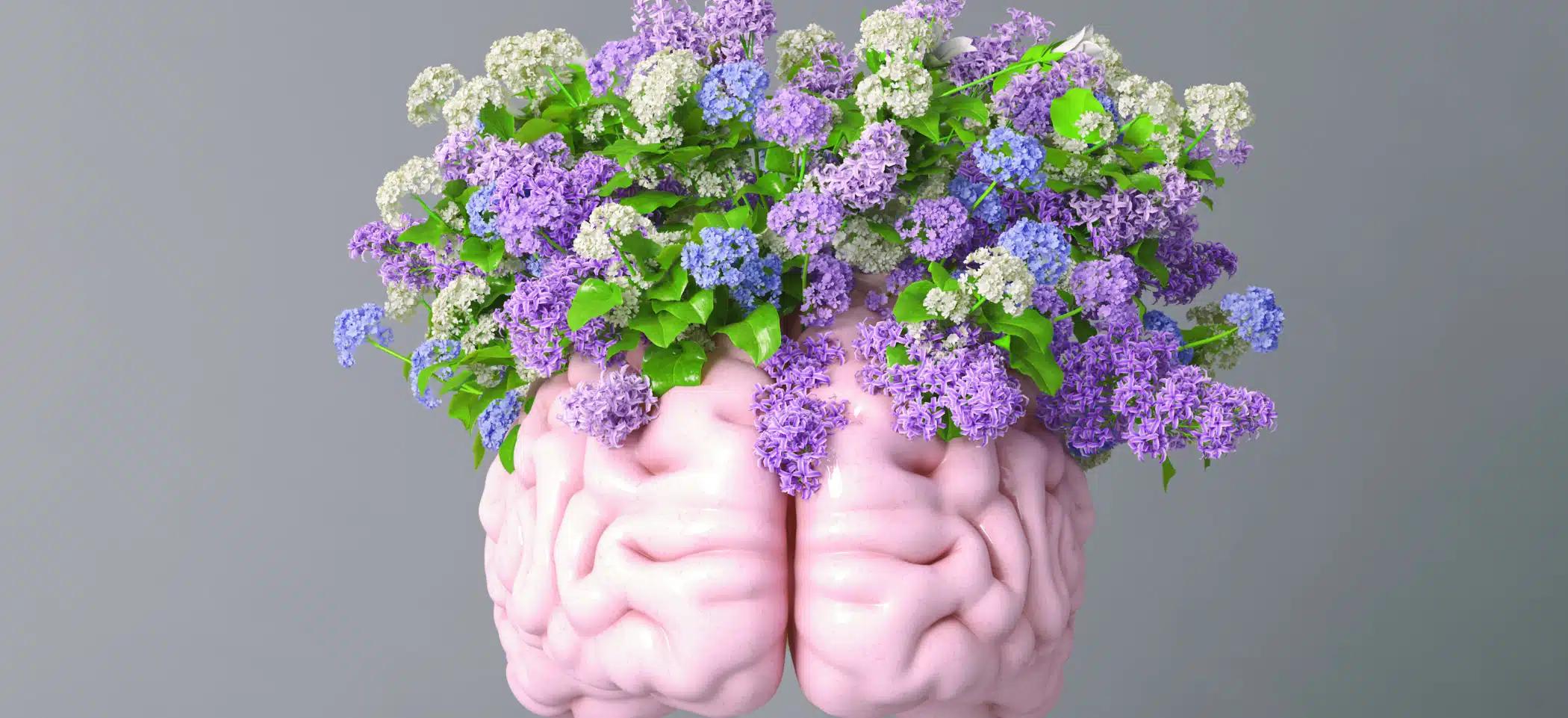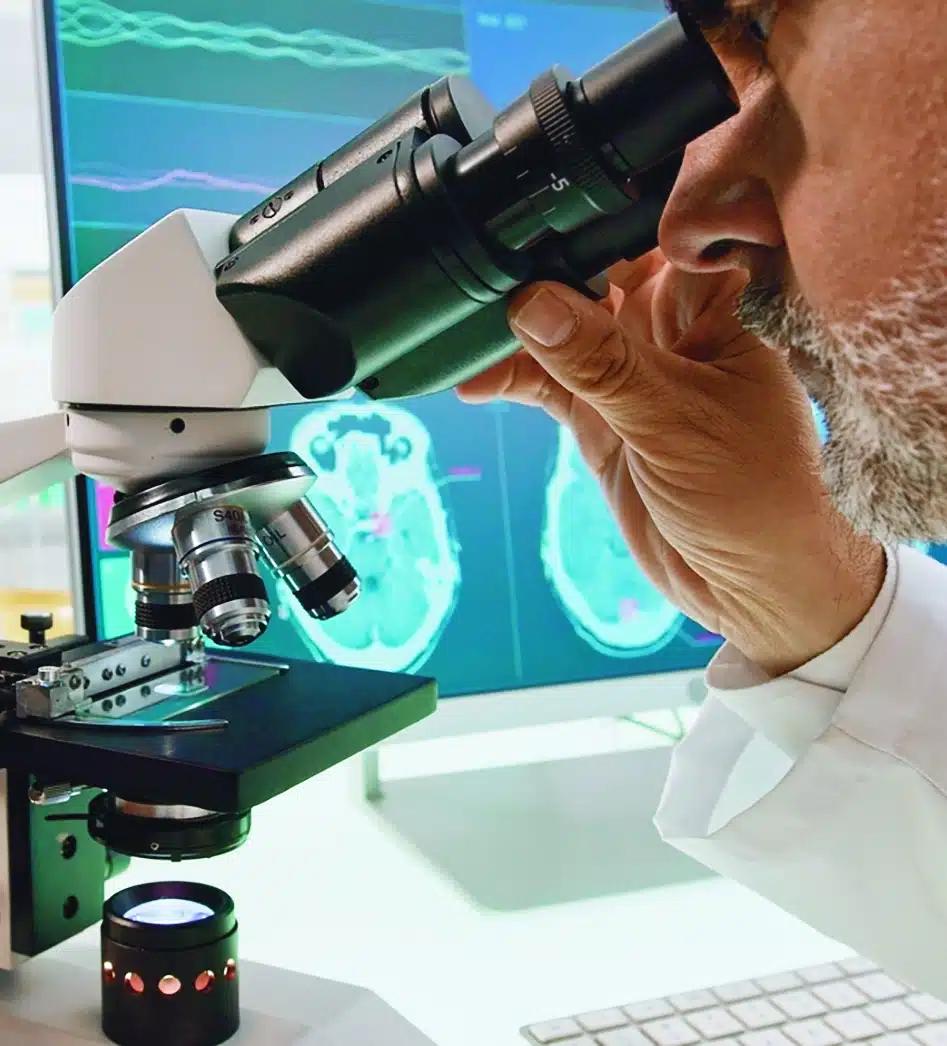The Brains Behind MS Research
Tissue donation helps pave the way to a cure.


About the National Multiple Sclerosis Brain Bank
Types of Research Being Done
How It Works
Once the brain bank receives a specimen — it arrives in a special container via FedEx — the team divides the brain into two hemispheres, explains Riley, who is also Columbia’s Multiple Sclerosis Center medical director. Half of the specimen gets preserved in a formalin solution and shipped overnight to Reich at the National Institutes of Health for detailed MRI scans. The other half gets dissected at Columbia, with alternating slabs being preserved or frozen. Any preserved samples with “visually apparent lesions” go to the team headed by David Pitt, MD, at Yale, where they’re sectioned, stained and digitized, then shipped back to Columbia to be digitized and entered into a searchable database.
Why It’s Important
Why It’s Unique
The brain bank is unique in its lifecycle approach. “We have people volunteering to donate their organs,” Reich explains, “but while they’re living, we can collect the data we need to make the best use of that tissue when the time comes.” Advances in technology, including data collection and high-resolution imaging, will help optimize and sync that information to uncover new treatments — and hopefully someday, a cure. “The brain bank is a place where researchers can come together and not just request tissue but contribute to the community of ideas that will be critical for answering the questions we must answer in order to stop this disease.”And people like Elizabeth Bebo will have helped make it possible.










